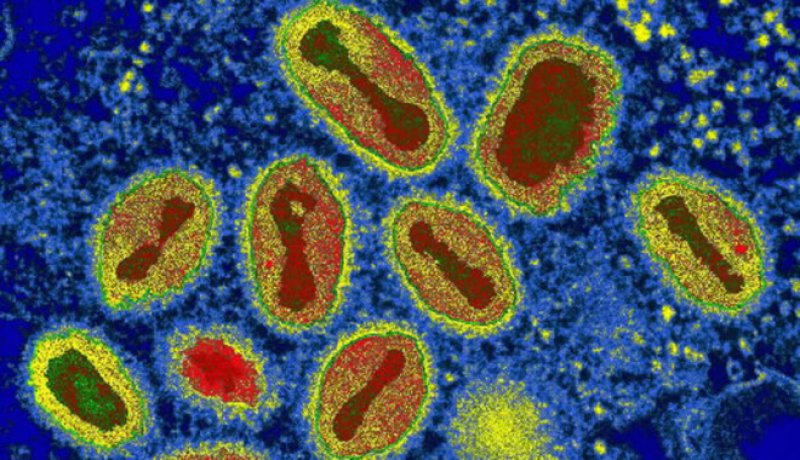In 2017, the virologist David Evans made headlines when he used synthetic biology to recreate the extinct horsepox virus, which is closely related to the virus that causes smallpox, a disease eradicated in 1980. Evans and his team, ordering the genetic material they needed through the mail, reportedly spent $100,000 on the research, an amount that seems small given the momentous implications of their work. “No question. If it’s possible with horsepox, it’s possible with smallpox,” German virologist Gerd Sutter told Science magazine.
…
Given the reaction Evans met, one might expect the news that yet another microbe related to the smallpox virus had been synthesized to set off similar alarm bells.
Yet when the American biotech company that funded Evans’s horsepox work, Tonix Pharmaceuticals, announced this January that it had successfully synthesized just such a microbe, vaccinia, no one seemed to take note.
…
The loosely regulated market for synthetic DNA, the normalization of synthetic orthopoxvirus research, and a large number of capable facilities and researchers creates an environment in which a rogue state, unscrupulous company, reckless scientist, or terrorist group could potentially reintroduce one of the worst microbial scourges in human history.































